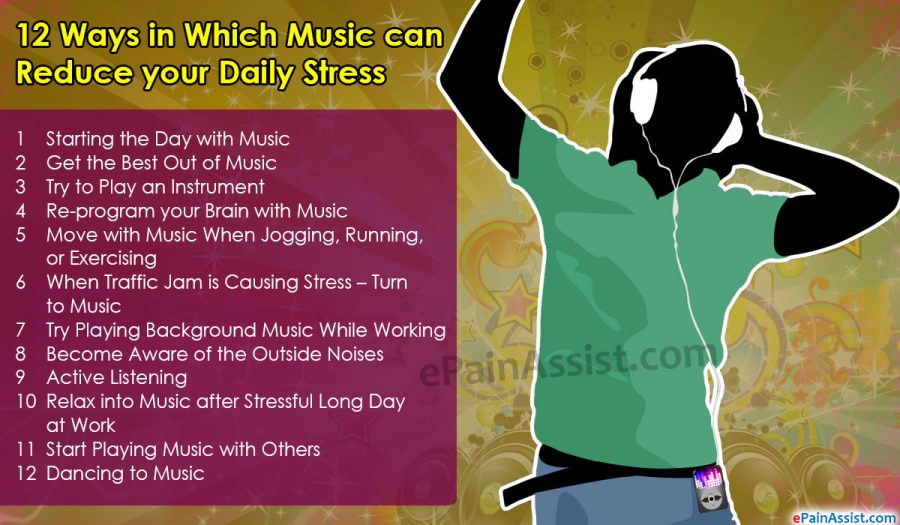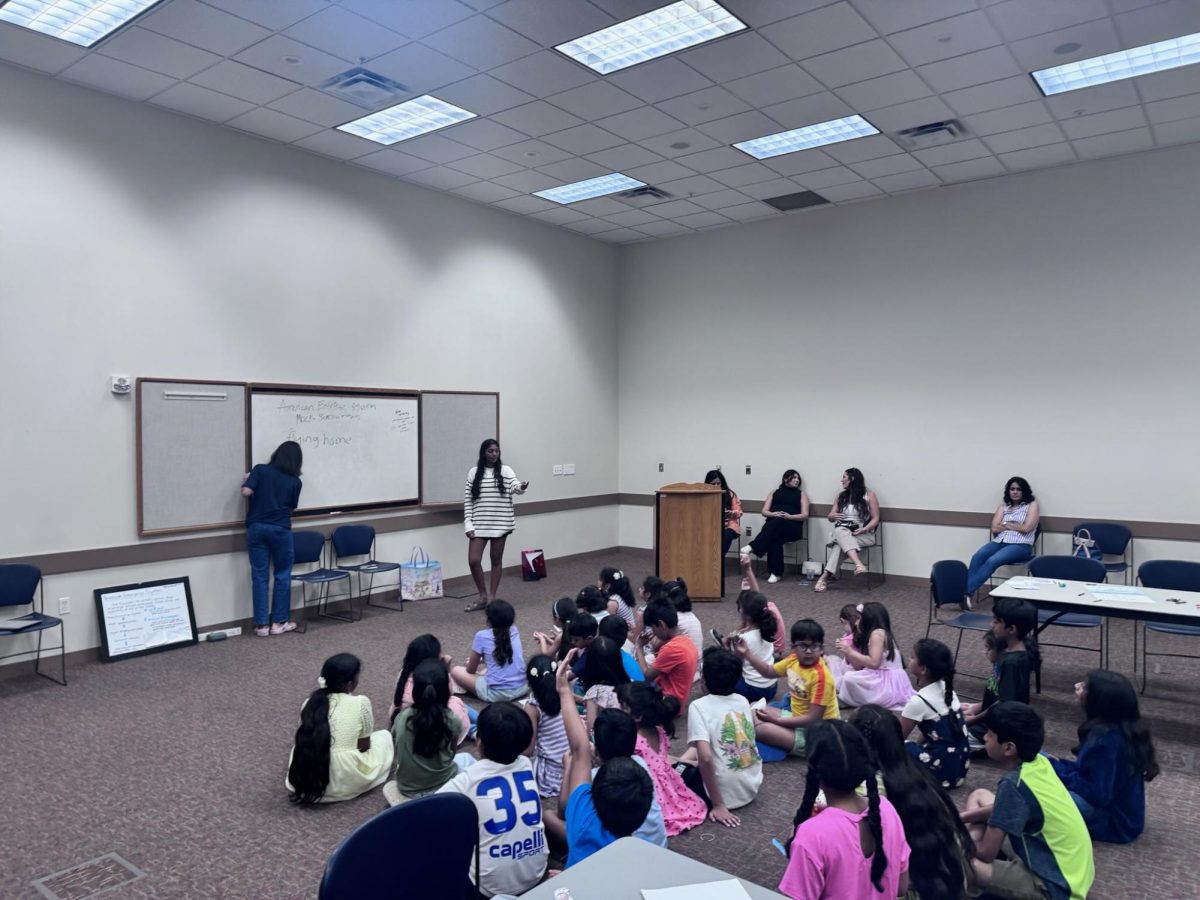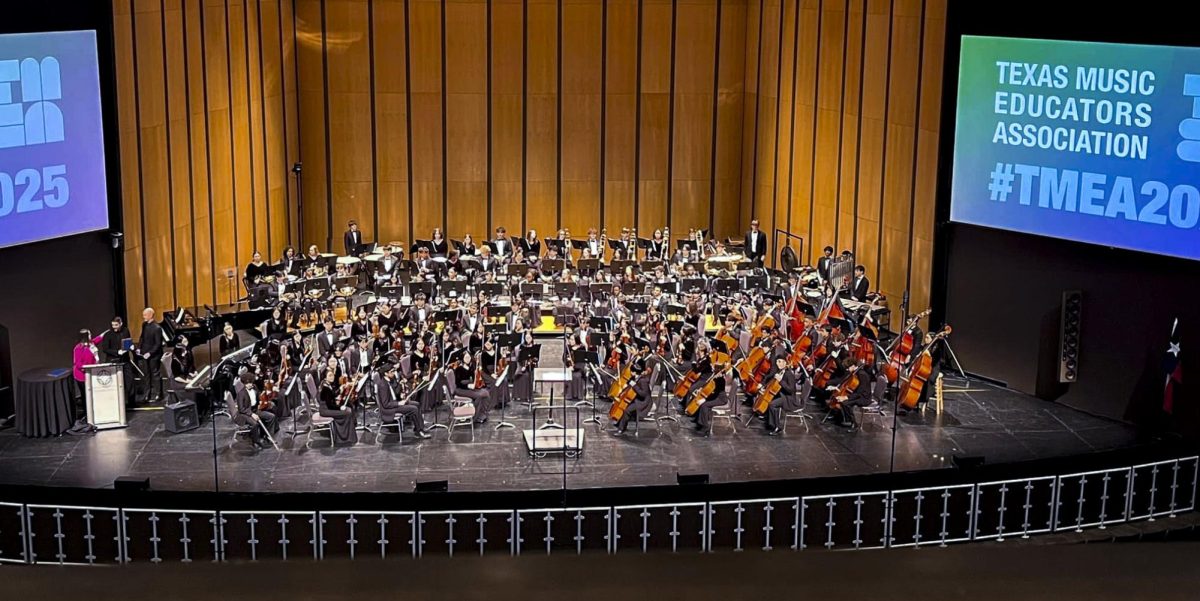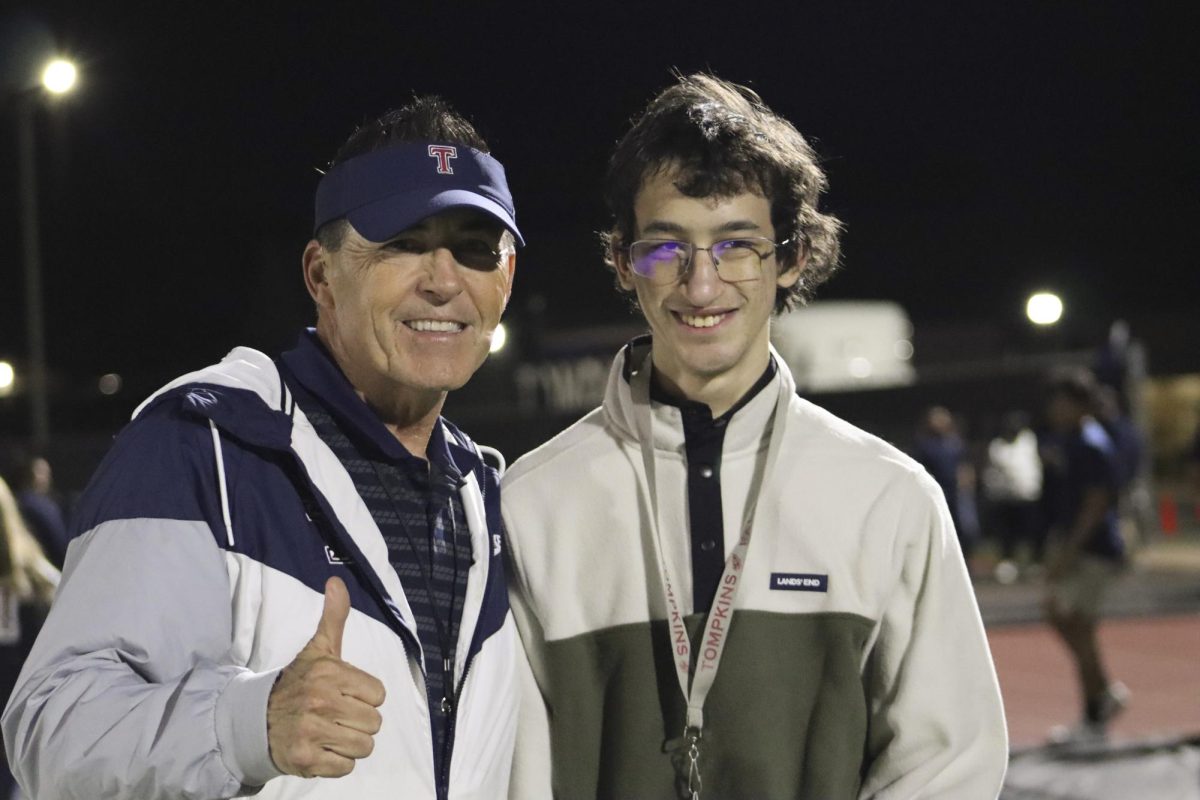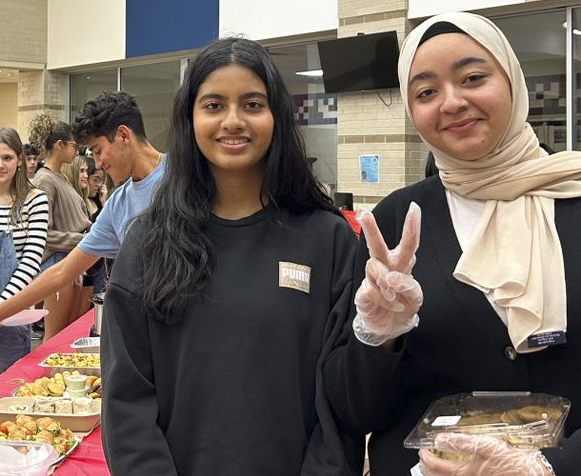Music flows through the orchestra room, a variety of instruments making a cacophony of sounds that may sound chaotic at first, but if one listens closer, it is a perfect blend. There are students with eyes closed, simply listening to the music. Others prefer to make an impromptu concert with their friends, laughing as they play their instruments. Among all these, however, there is one thing in common: their love for music.
Music has been a central part of human culture, giving it a rich history. Its strong influence has led to the emergence of music therapy in the past century. Through music listening and music playing, people find better lives for themselves. Senior Yixin Wang, who sings as well as plays various instruments, including the traditional Chinese instrument called the Guzheng, knows firsthand the benefits of music.
“After I moved to the U.S., I had a period of time where I lacked in confidence,” said Wang. “I was able to regain my confidence and also make new friends through music.”
Music making and music playing have been important parts of society, namely in art, for several millennia. In the 20th century, music scores became popular; the long-awaited kiss scene in a movie is made the suspenseful act it is with the help of a composer’s soundtrack. Advertising has also picked up on the power of music, using trademark melodies for the marketing of their products, such as famous commercial jingles.
“Music has power. It’s like magic,” said Wang. “It can help you relieve stress, so much so that certain universities are also creating a music therapy major.”
Music therapy is a scientific method where music is used in order to address physical, emotional and social needs of individuals. It can include creating, singing, moving to and/or listening to music. It also provides avenues for communication that are helpful for those who cannot express themselves through words alone. It has proved effective in areas such as physical rehabilitation, increasing people’s motivation to become engaged in treatments, and providing emotional support for both clients and their families, as well as being an outlet for expression of feelings.
“Music can help relieve stress, sure,” said Assistant Band Director Dave Singletary. “But it can also increase passionate feelings. It all depends on what you want at that moment.”
Research has shown how music stimulates emotions through specific brain circuits. One of the hormones related to bonding is called oxytocin, which is nicknamed the ‘cuddle hormone,’ and can be released by singing. Studies have also found that music reduces levels of cortisol, one of the major stress hormones. Music is as much of a physical experience as it is an emotional experience.
“When you study different periods of history and start to look at the creative aspect of it, you realize that culture is created by the arts,” said Singletary. “Writing, visual arts, and music all drive its development.”
Music has had a history of defining the culture of the moment, especially in the United States. The hip-hop movement that emerged in the mid-1970s by the African-American population in the United States allowed for an outlet of expression where police brutality, racism and injustice were addressed by rappers in a wave of culture change. The early 2010s also brought forth an interest in British culture, as acts such as Adele and One Direction became increasingly popular. Whether it be the discussion of controversial issues such as police brutality or the simple fun of liking a British accent, music has the power to do many things—from changing cultures to relieving stress and serving medical patients.

